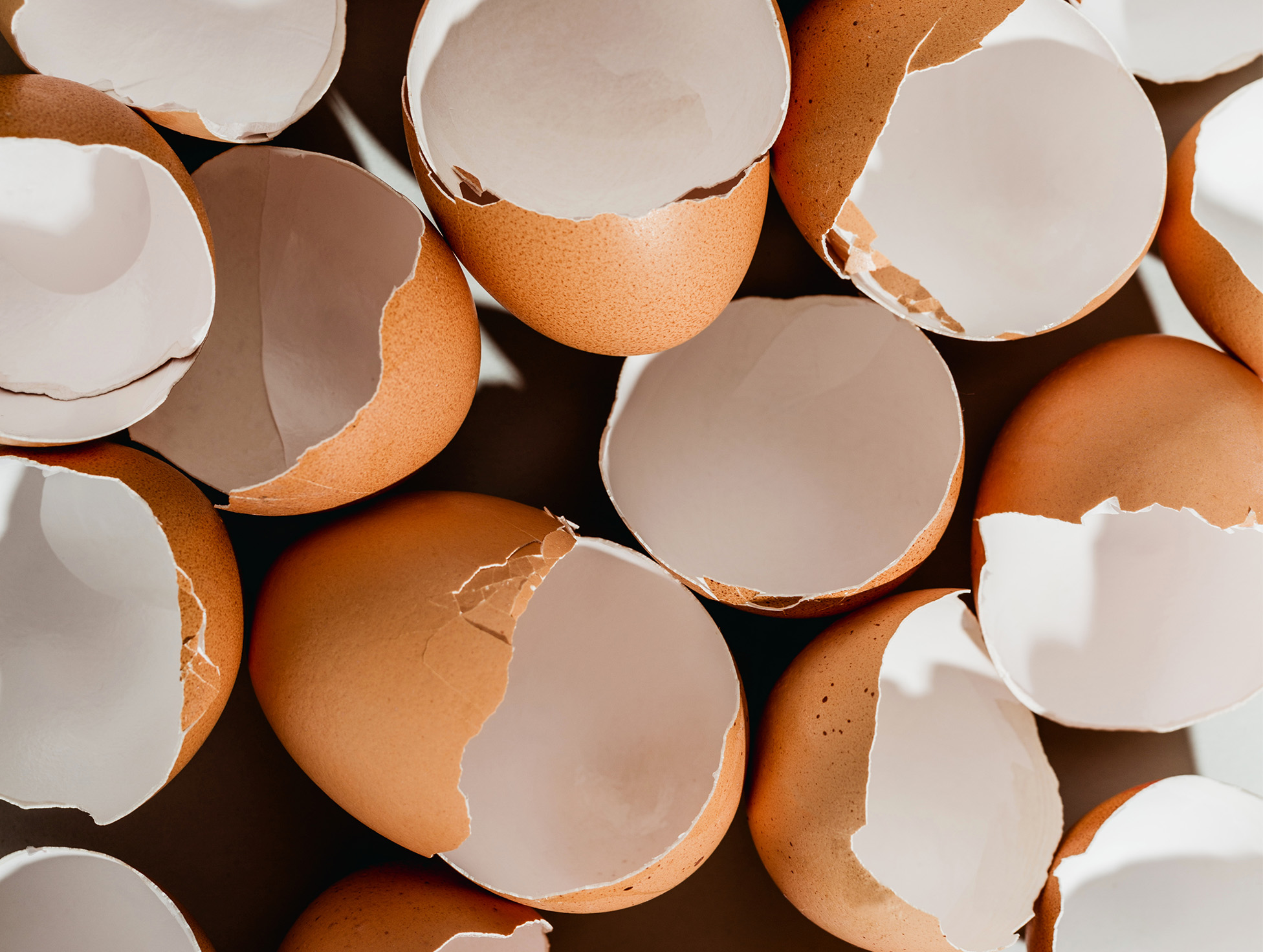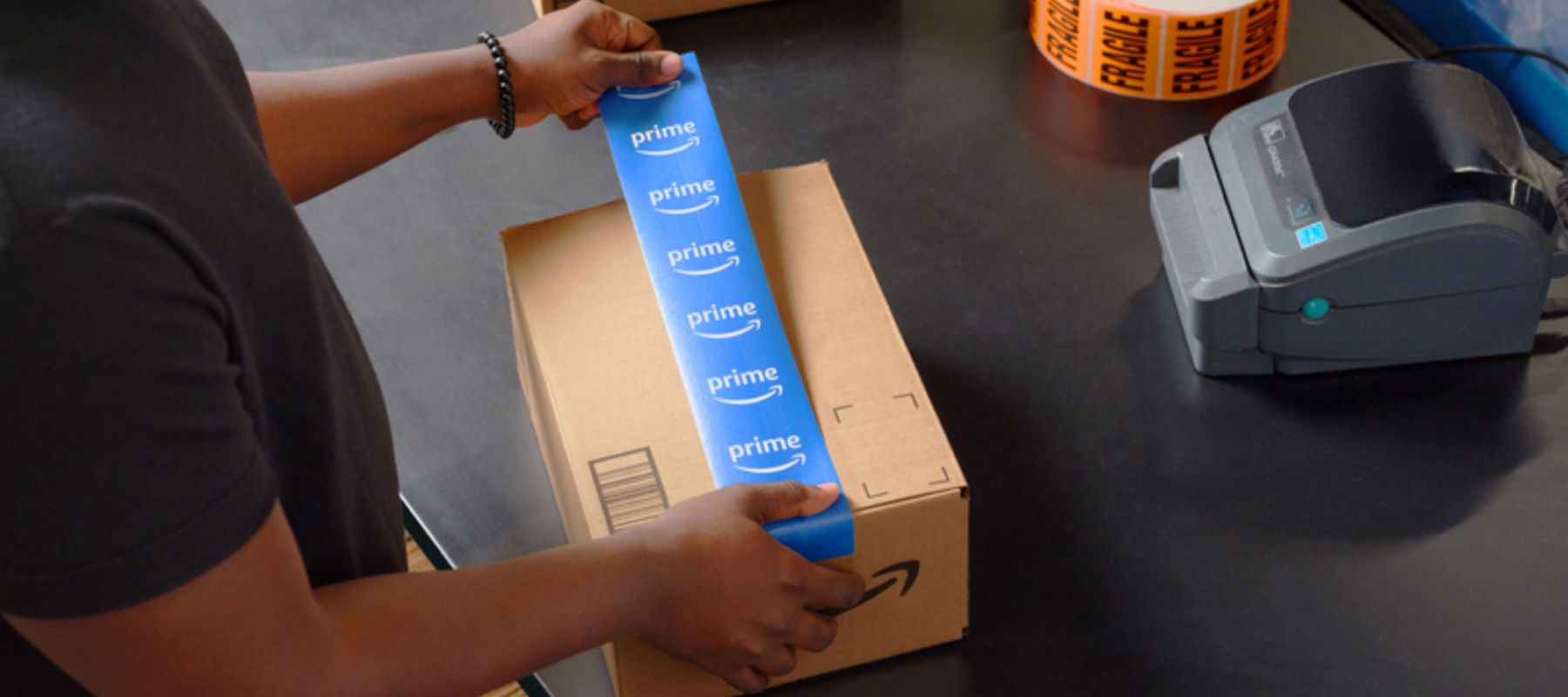Amazon has programs in place to optimize our inventory, reduce food surplus, and source materials that help us prevent waste from the start. Where possible, we look for ways to reduce, reuse, recycle, or compost these materials. When waste is unavoidable, our priority is to recycle it, minimizing what is sent to landfill and incineration.
We know that avoiding waste is an ongoing process and that we cannot do it on our own. We engage with suppliers to reduce waste related to our products, partner with other organizations to scale efforts to transition to a more circular economy, and work with local municipalities to improve recycling infrastructure where we can.
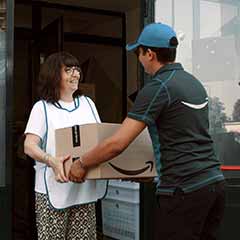
.jpg)

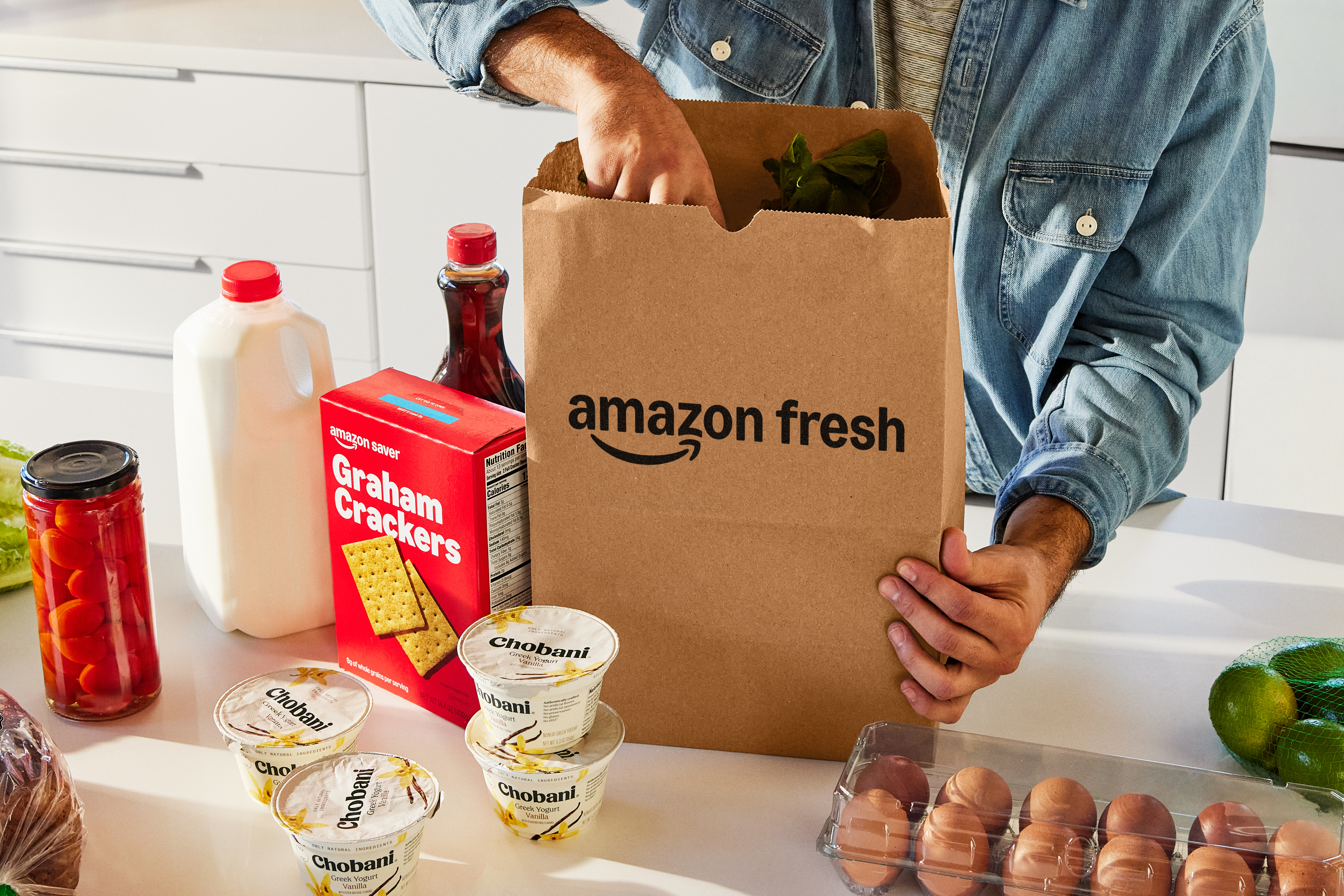

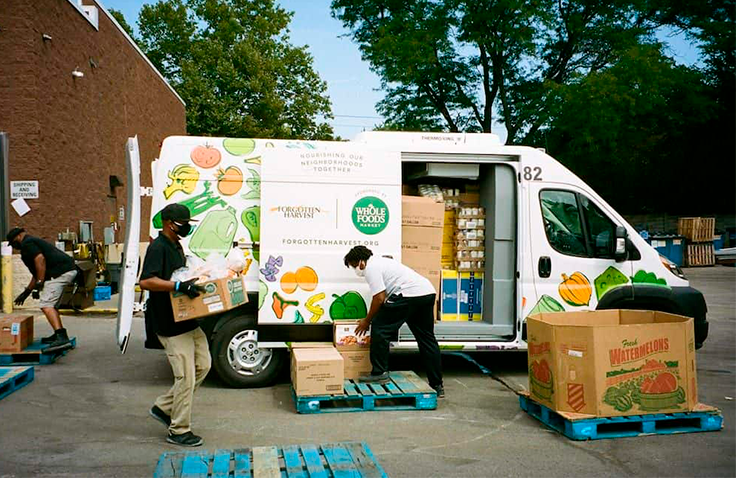
.jpg)



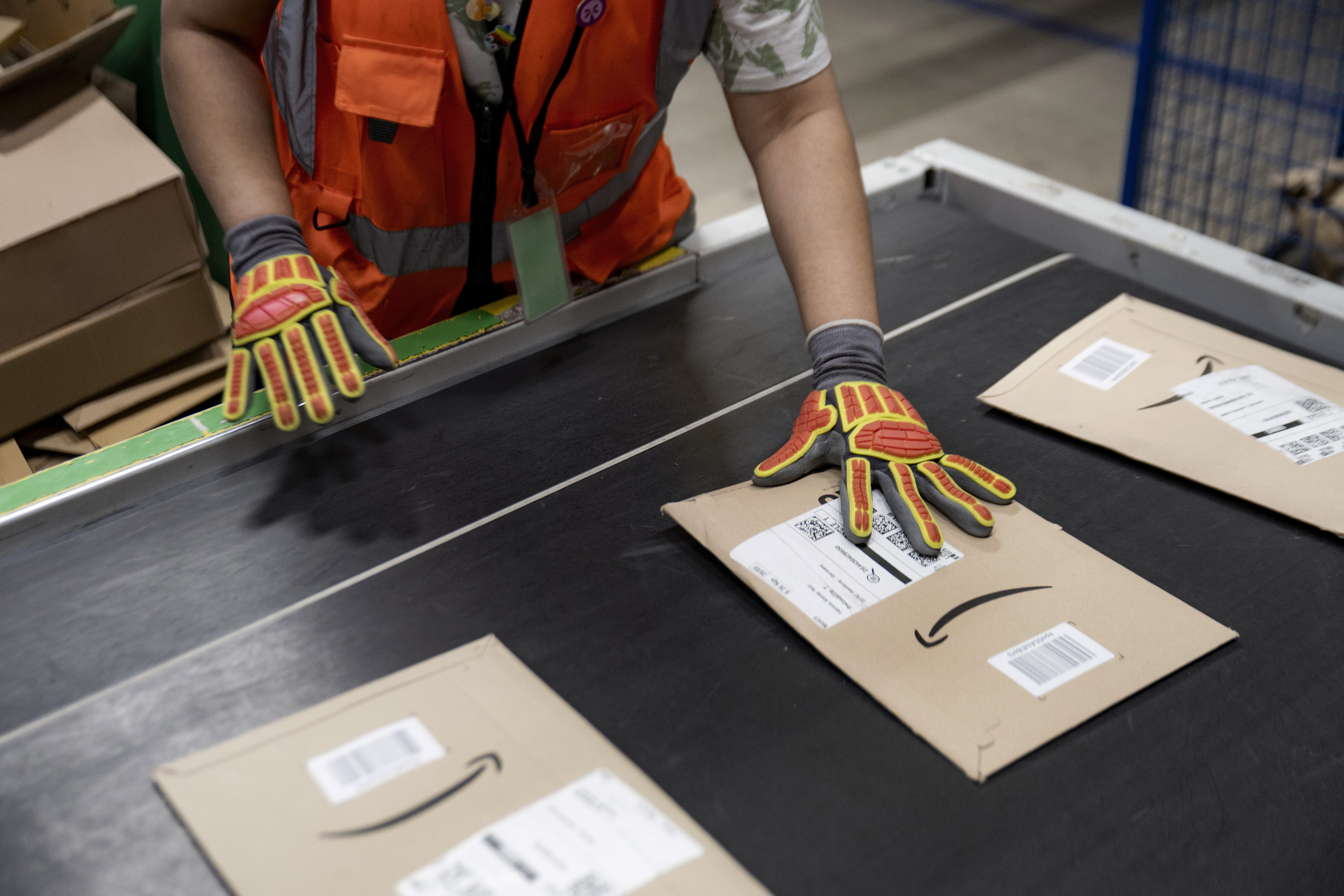
.jpg)

